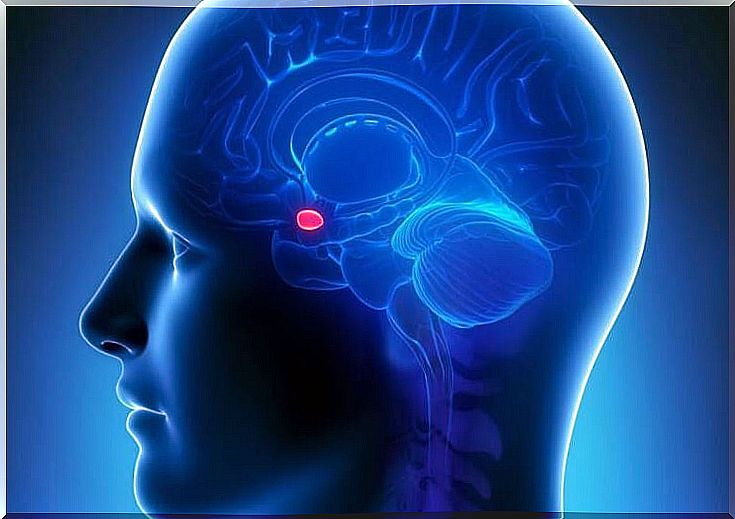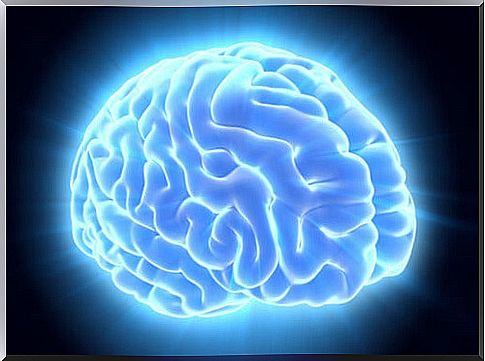Do You Know What Fear Produces In The Brain?

We call fear the feeling of anguish we experience in a situation of danger or threat, real or imagined. In the brain, fear is the result of the activation of an adaptive alarm system in the face of danger, which leads to physiological, behavioral and cognitive changes that help us survive.
Throughout neuroscientific research, fear has been linked to a brain structure called the amygdala. This is located in the limbic system and plays a fundamental role in the search and detection of danger signs, in addition to being involved in other emotions. The amygdala is generally inactive, but at the slightest threat, it is activated.
However, more recently it has been found that in fear there are other structures and networks involved that, together, prepare our body to face the threat. In fact, a recent meta-analysis has found that the amygdala is not the most important structure in fear.

Learning fear
Although fear occurs naturally, much of our fears are produced by learning. This is called fear conditioning and it can be done on purpose.
This Pavlovian-type learning occurs after repeatedly pairing a neutral stimulus (eg, a square) with an aversive stimulus (eg, loud noise).
Thus, the neutral stimulus, which initially does not provoke any reaction, ends up giving rise to a conditioned response, such as covering the ears.
Learning to fear can be seen in disorders in which the person did not previously have any negative feelings associated with an event. For example, someone who was able to take public transport, but after several panic attacks and the consequent perception that he may die, finds it aversive to ride a bus.
Brain areas
Briefly, fear in the brain activates the following brain areas: the insula, the dorsal anterior cingulate cortex, and the dorsolateral prefrontal cortex.
- Insula : It is found on both sides of the brain. This region integrates cognitive and physiological information and is related to the formulation of predictions about what may happen. It is also responsible for integrating emotions from the amygdala and the senses, giving rise to interpretations of threat. In addition, it is related to aversive conditioning, anticipating the consequences.
- Dorsal anterior cingulate cortex : has an essential role in fear learning and avoidance behavior, as well as in the subjective experience of anxiety. It acts as a mediator in conflict situations, determining the importance of a stimulus, directing our attention and providing rationality. Thus, the more it is activated, the more attention we devote and, therefore, the greater the fear.
- Prefrontal cortex : the dorsolateral region has to do with the emotional regulation of fear and in the expression of related physiological responses. On the other hand, the ventromedial region makes it possible to distinguish threatening stimuli from safe ones.

Behavioral expression of fear
When you experience fear, our brain reacts quickly and involuntarily. It sets in motion a complex network that allows conducting to escape from this situation.
That is, the insula causes you to begin to sweat, the heart accelerates preparing it for flight, and the legs are activated to run. The anterior cingulate cortex would focus attention on danger. The insula would activate physiological responses to prepare the body to flee. And the prefrontal cortex would set in motion cognitive situations to deal with it (Choose between asking for help or running, for example). Ultimately, the brain is involved in survival.
However, if the flight behavior or the thoughts are excessive, a maladaptive behavior pattern can occur as mentioned above. For example, causing him not to leave home anymore.
In these cases, what happens is that the insula interprets a stimulus as threatening that it should not, or the cingulate cortex causes us to focus on neutral stimuli, just as we tend to flee or avoid a non-threatening stimulus, under the influence of the prefrontal cortex. . That is, harm is anticipated in a harmless situation, turning fear into pathological.









